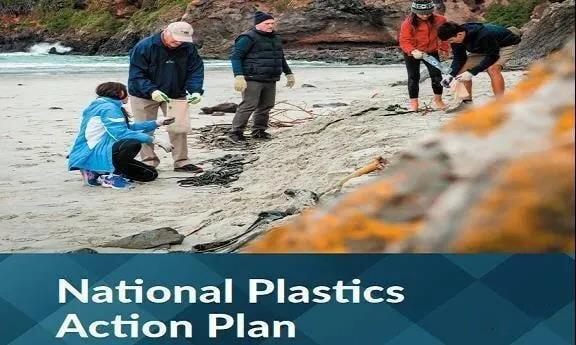Recently, New Zealand's Ministry for the Environment (Ministry) released the National Plastics Action Plan, which outlines the actions New Zealand will take in 2021-2024 to address plastic waste and accelerate the transition to a low-carbon circular economy. The National Plastics Action Plan outlines New Zealand's plastic waste response from 2021-2024, with the aim of accelerating the transition to a low carbon circular economy.
The highlights of the action plan are as follows.
Regulated product management. The government has announced six priority products for regulation, including agricultural plastics and plastic packaging. New regulations will increase incentives to recycle these products and place responsibility for managing the end-of-life of products on producers. The Ministry of the Environment will work with stakeholders to design programs for the management of these regulated products.

Potential container recycling program. Container recycling programs encourage consumers and businesses to return beverage containers for recycling or refilling by including a refundable deposit in the purchase price. Refunds are provided when consumers return empty containers to a recycling site. The Ministry of the Environment advises the Ministers on the design of such programs after the co-design process is completed.
Curbside Collection. The Department of Environment is developing a standardized program for curbside recycling to improve consistency, reduce household confusion, improve material quality and reduce residual waste to landfills.
Compostable Packaging. The Ministry of the Environment is preparing a position statement on the use of compostable packaging and will expand its research to better understand the impact of compostable plastics on the soil and food chain. The Ministry of the Environment will consider the use of overseas compostable packaging standards in New Zealand.
Phasing out single-use and hard-to-recycle plastics. The government recently announced that it will phase out certain plastics by July 2025.
These plastics often end up in landfills as waste and pollute the environment. Food and beverage packaging that is difficult to recycle comes primarily from polyvinyl chloride (PVC), polystyrene, and biodegradable plastic products (e.g., products made from oxidized or photodegradable plastics). Disposable plastic products include beverage stirrers, cotton swabs, disposable produce bags, cutlery, plates and bowls, straws, and fruit labels.
Plastics Innovation Fund and Infrastructure Investments. The government recently announced a $50 million Plastics Innovation Fund to support projects that reimagine how plastics are made, used and disposed of. The fund will be open for expressions of interest in November 2021. In addition, the government has invested approximately $100 million in recycling infrastructure, including optical sorters for better separation of plastics, through the Novel Coronavirus Pneumonia Response and Recovery Fund (COVID-19 Response and Recovery Fund).

